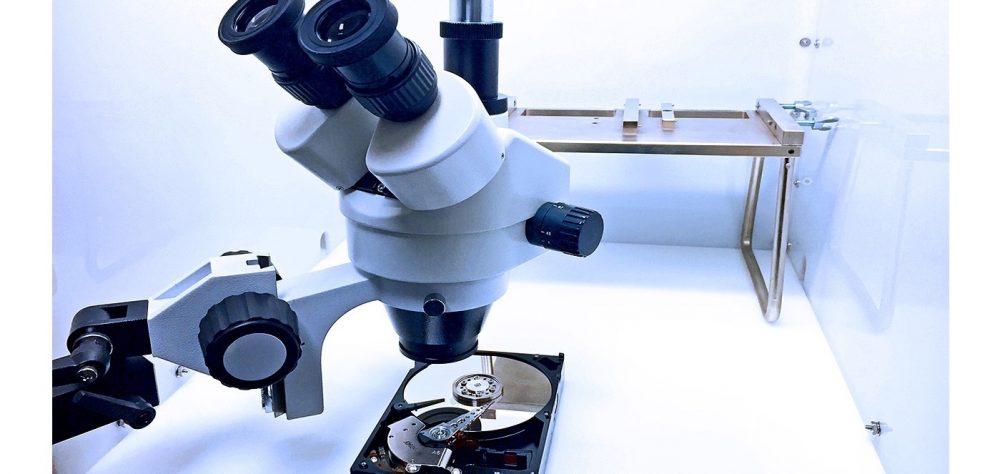Hello everyone
First time posting out of desperation. I don't want to bore anyone with too much detail of how this happened. I was working on a broken hinge of a laptop (the hinge screw into the case) after i fixed it i reconnected the LCD cable and reconnected the battery. I noticed the cable to the i/o board was not connected all the way, so i push it in, which caused the system to turn on. i turned off the computer and put the rest of the screws in the back of the case.
after this, the computer no longer saw the SSD in the bios
The first chip on the SSD gets hot somewhat quickly
based on some research I've done, I might have shorted a resistor or something else on the board. I've ordered an identical board from eBay and I'm waiting for it to arrive in case i need to solder components from the replacement SSD to the damaged SSD to recover my data (baby pictures)
can anyone help me troubleshoot this issue?
thank you in advance
SSD Model #: HFS256G39TNF-N2A0A
First time posting out of desperation. I don't want to bore anyone with too much detail of how this happened. I was working on a broken hinge of a laptop (the hinge screw into the case) after i fixed it i reconnected the LCD cable and reconnected the battery. I noticed the cable to the i/o board was not connected all the way, so i push it in, which caused the system to turn on. i turned off the computer and put the rest of the screws in the back of the case.
after this, the computer no longer saw the SSD in the bios
The first chip on the SSD gets hot somewhat quickly
based on some research I've done, I might have shorted a resistor or something else on the board. I've ordered an identical board from eBay and I'm waiting for it to arrive in case i need to solder components from the replacement SSD to the damaged SSD to recover my data (baby pictures)
can anyone help me troubleshoot this issue?
thank you in advance
SSD Model #: HFS256G39TNF-N2A0A



